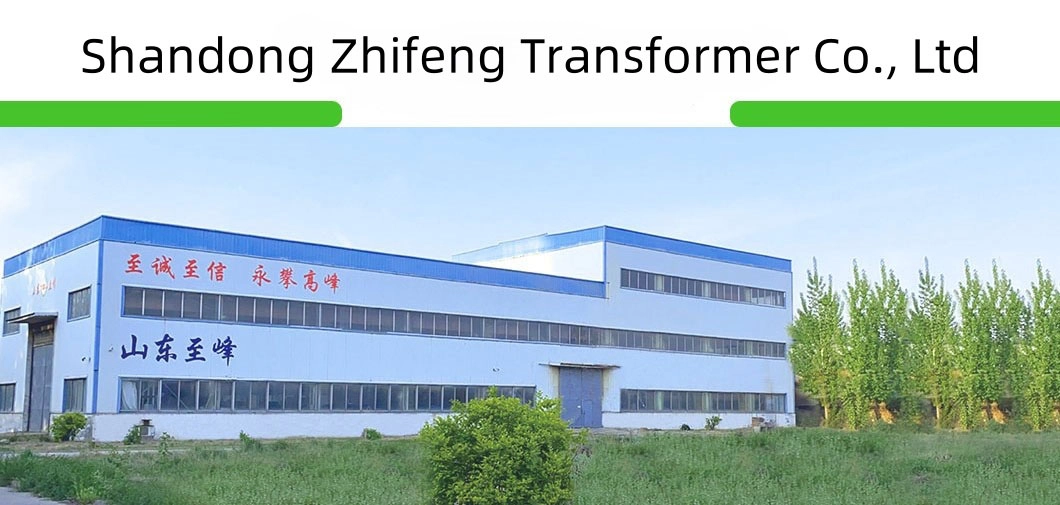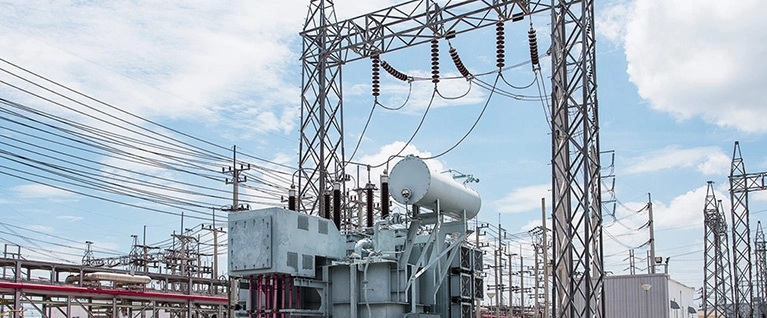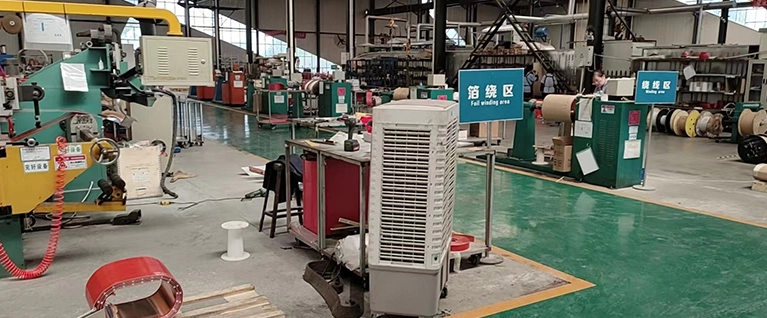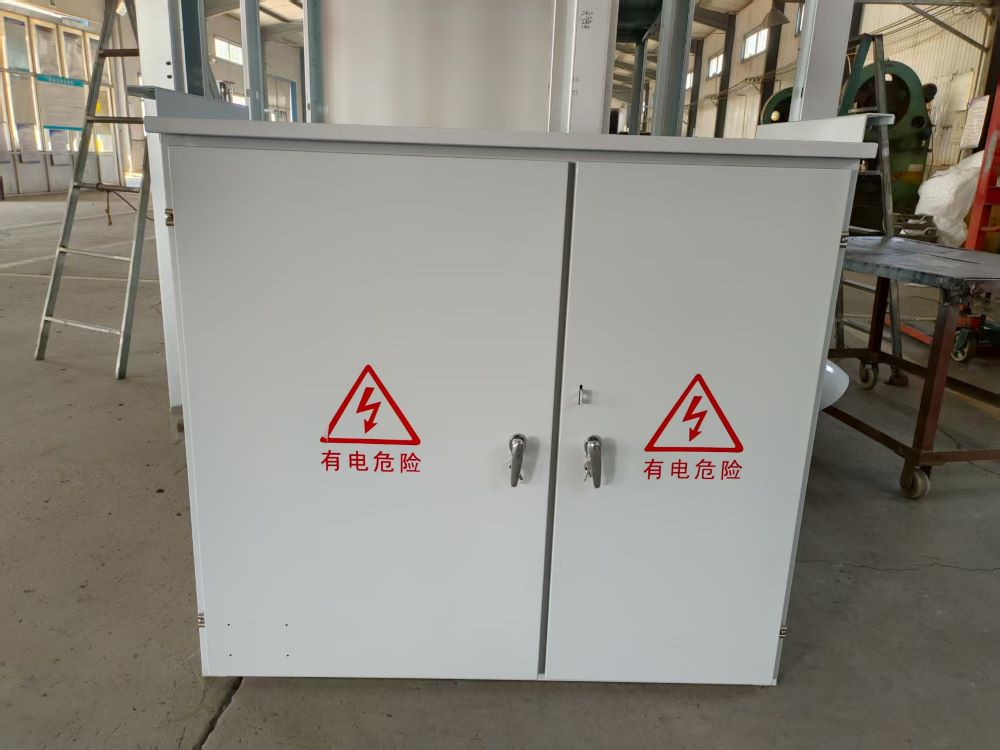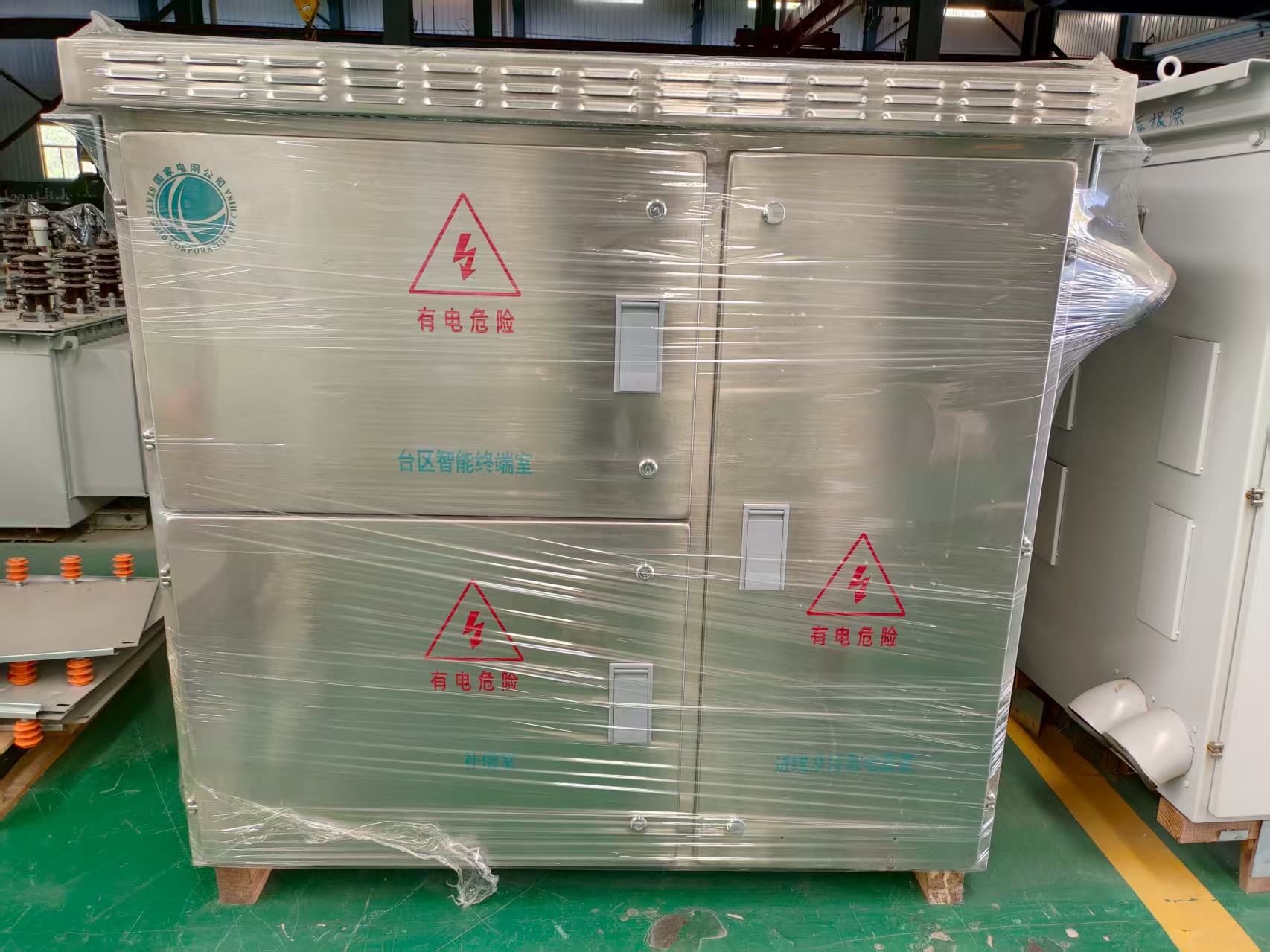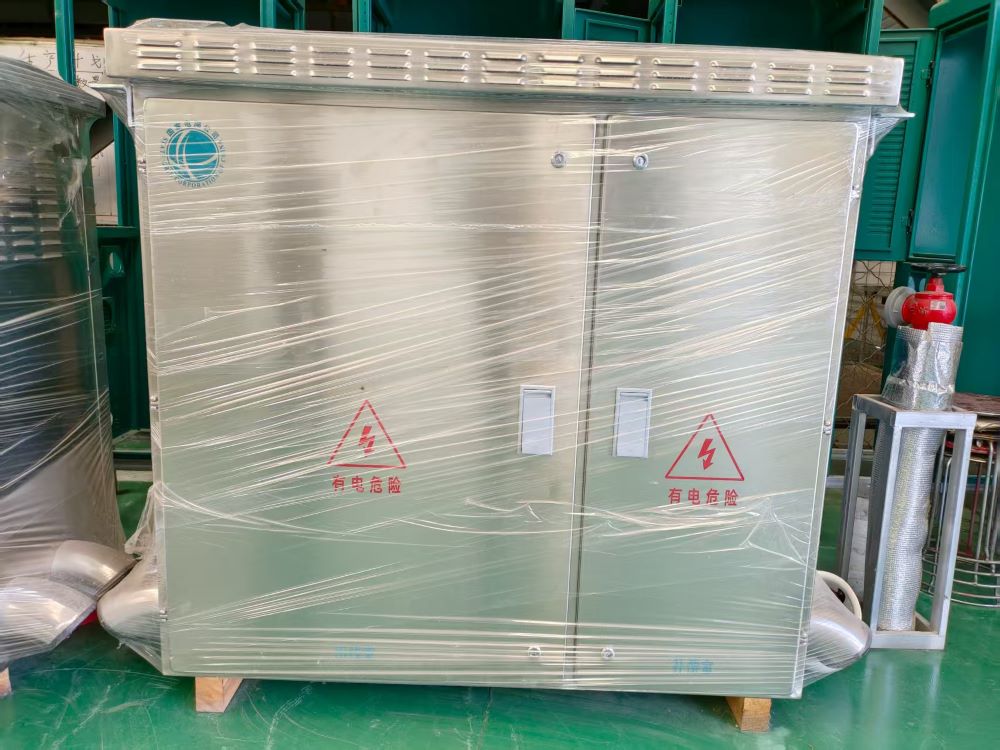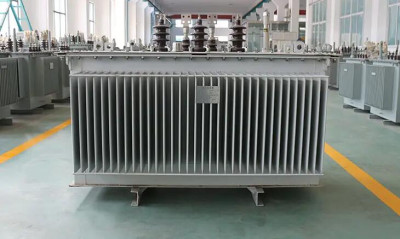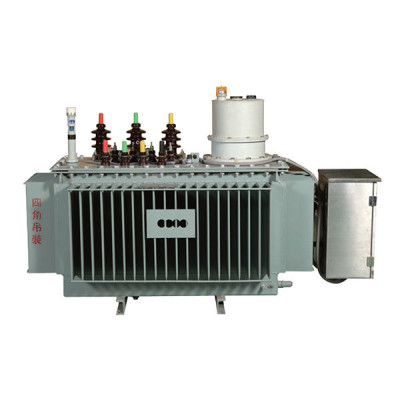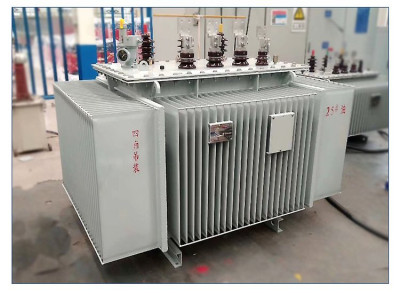Electrical Distribution Box: Ensuring Safe and Reliable Power Management
Introduction:
In contemporary power systems, an electrical distribution box is an essential part that acts as the hub for receiving, dividing, and safely distributing electrical energy to different circuits. It is essential in commercial, industrial, and residential applications because it controls, monitors, and isolates electrical loads to protect users and equipment.
Electrical Distribution Box Benefits
Increased Safety: Provides defense against electrical faults, overloads, and short circuits.
Effective Power Control: Simplifies operation and maintenance by centralizing circuit management.
Dependable Performance: Assures sensitive equipment's power distribution is steady and uninterrupted.
Features of Electrical Distribution Box Features
Compact and Useful Design: A structure that saves space and can be installed in a variety of settings.
High Protection Level: To endure harsh environments, models that are dust-proof and waterproof are available.
Sturdy Materials: For a long service life, use steel, stainless steel, or premium plastics in construction.
Flexible Configurations: Adaptable to particular circuit, voltage, and current needs.
Smart Options: For energy management, certain models come with sophisticated monitoring and remote-control capabilities.
Electrical Distribution Box Applications
Residential Buildings: Provides safe electricity distribution to homes and apartments.
Commercial Projects: Used for centralized circuit control in hotels, shopping centers, and offices.
Industrial facilities: Offer dependable power for production lines, automation systems, and machinery.
Infrastructure projects are crucial for data centers, hospitals, schools, and airports.
Renewable Energy Systems: Encourages the installation of wind and solar power for the distribution of clean energy.
Electrical Distribution Box Frequently Asked Questions
Q1: What is an electrical distribution box used for?
It distributes incoming electrical power among various circuits while guarding against overloads and faults.
Q2: Which kinds are available?
Electrical distribution boxes that are flush-mounted, surface-mounted, and waterproof are popular choices.
Q3: How can I pick the best model?
Take into account elements like protection level (IP rating), installation environment, circuit capacity, and rated current.
Q4: Is customization possible?
Indeed, manufacturers frequently provide customized solutions for needs in the home, business, or industry.
Q5: What requirements should it fulfill?
International safety certifications like IEC, UL, and CE should be adhered to.
Tips for Electrical Distribution Box Maintenance
Check frequently for damaged parts, loose connections, and overheating.
Make sure the enclosure is dry and dust-free.
Circuit breakers should be tested on a regular basis to ensure proper operation.
If required, replace old breakers and switches.
For installation and upkeep, work with licensed electricians to guarantee long-term dependability.
In conclusion
In order to ensure safe, dependable, and effective power management, the Electrical Distribution Box is essential. It offers convenience, security, and protection whether it is utilized in commercial buildings, residential buildings, or industrial facilities. Long-lasting performance, increased safety, and improved energy efficiency can be attained by users by selecting a high-quality electrical distribution box and adhering to recommended maintenance procedures.
